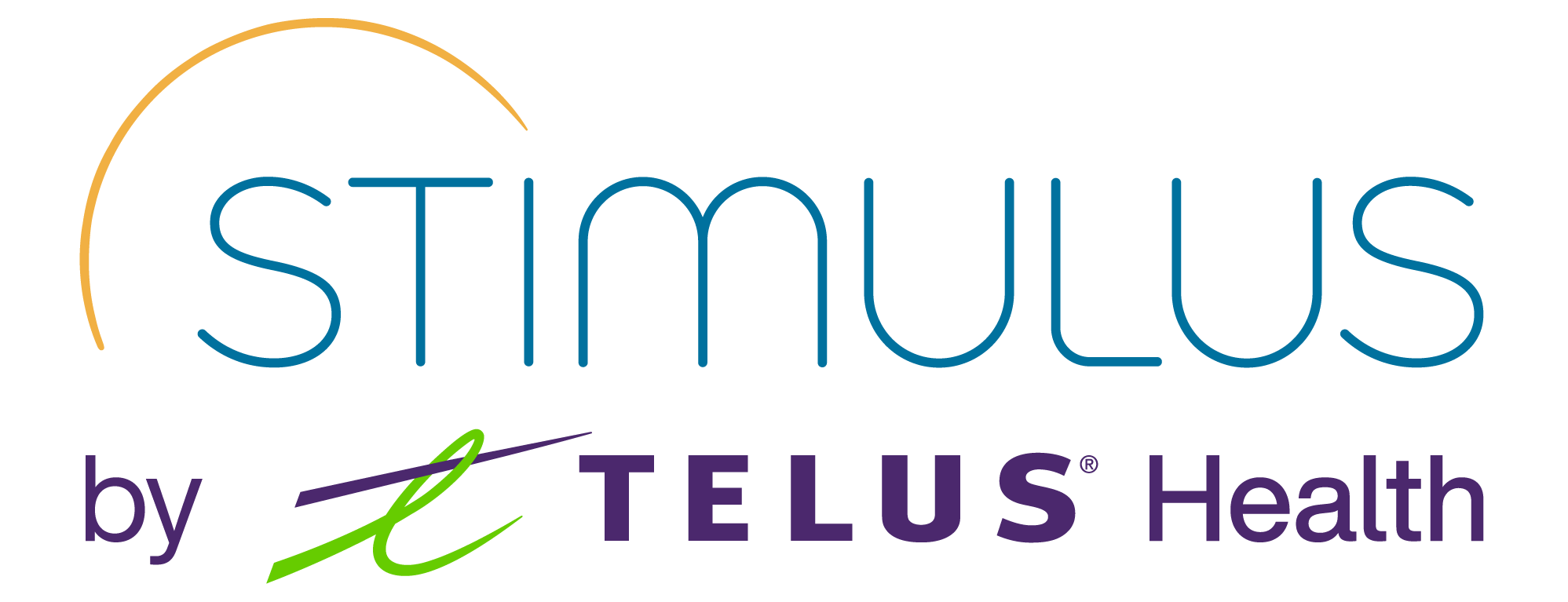Invisible disabilities: what they are and why it is important to talk about them
Data from a recent survey, carried out on a sample of about 500 companies worldwide, shows that 79% of organisations, internationally, consider Diversity and Inclusion (D&I) to be an integral part of their business strategy and 6 out of 10 companies agree that an inclusive company performs better.
We have chosen to focus on a topic that is often little addressed, that of invisible disabilities.
Invisible disabilities: what are they
An 'invisible', 'non-visible', 'hidden' or 'non-apparent' disability is any physical, mental or emotional impairment that goes largely unnoticed.
An invisible impairment may include, but is not limited to:
- cognitive impairment and brain injuries;
- chronic illnesses such as multiple sclerosis, chronic fatigue, chronic pain and fibromyalgia;
- deaf and/or hard of hearing;
- blindness and/or low vision;
- the autistic spectrum;
- anxiety, depression, and many others.
Disability and chronic illness may be unstable or periodic throughout life.
Three things to know about invisible disabilities
One of the greatest risks, when talking about invisible disabilities, is that discussions are influenced by enabling attitudes, which lead the disabled person to feel guilty about their condition, and to suffer continued discrimination from those convinced that the only disability is one that includes a wheelchair or a visible condition.
Therefore, it is always good to keep these three points in mind:
- these are not isolated or rare cases. -. They may be momentary and not definitive problems, while in others we are dealing with early-stage illnesses that become more evident with time;
- the person concerned is not pretending. Often, for example, one hears: 'You don't look sick'. Scepticism towards invisible disabilities only increases the stigma and makes life more difficult for sufferers;
- disabled people do not have to justify themselves if they need to use reserved lanes, parking spaces or services dedicated to them. The same goes for those with an invisible disability, it is their right and asking them about it increases the stigma against them.
One last piece of information, to conclude.
Something that not everyone knows is that in many countries the use of a dark green lanyard with a design of yellow sunflowers to hang around the neck in the case of an invisible disability is spreading.
Those who wear it choose to share their condition with those they meet, to signal that they are entitled to special assistance or precedence.


